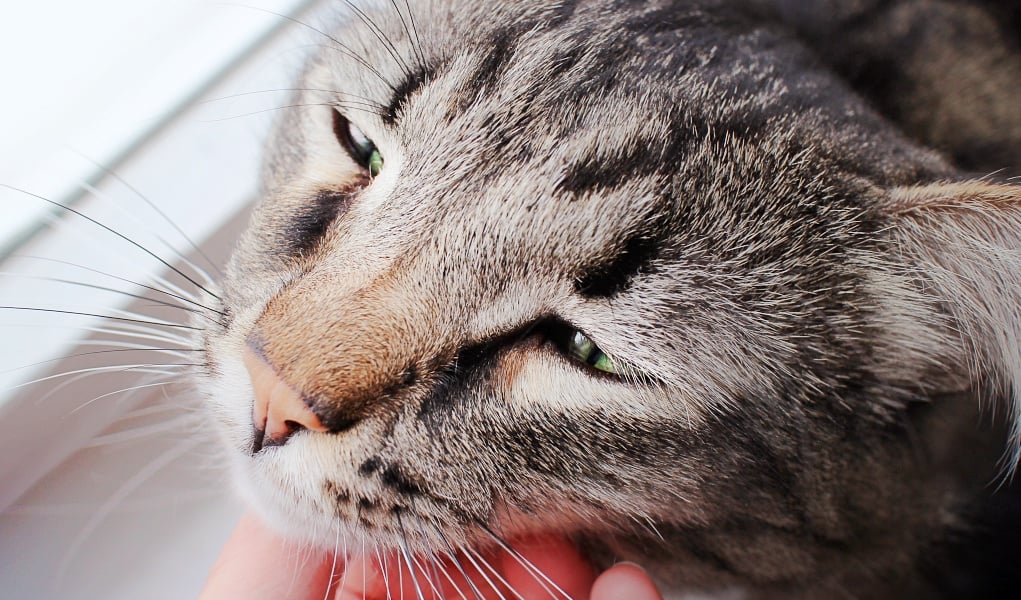How To Check A Cat’s Pulse – Top Dog Tips
You are your cat’s first line of defense when it comes to her health. Your kitty can’t tell you when she isn’t feeling her best, so it’s important that you observe her behavior closely in order to notice any subtle changes. It’s also important that you educate yourself on must-know pet first aid, like how to check a cat’s pulse.
When you’re first learning how to check your cat’s pulse, do it several times. Take her pulse when she first wakes up in the morning, after a bout of the zoomies or after a game of chase with a laser. Check her pulse during periods of rest throughout the day.
This will give you a good idea of your cat’s resting and active heart rates. For health purposes, the most important time to check your cat’s pulse is when she is relaxed. If you happen to have a stethoscope, you can certainly use it. If not, just use your hand like I do in the video guide above.
How To Check A Cat’s Pulse
You may need to check your cat’s pulse for a number of reasons. Whether you’re concerned for her safety or she has a health condition that requires close monitoring, knowing how to check a cat’s pulse is must-know feline first aid information.
Your cat’s pulse is the rhythmic movement of blood through her arteries. As her heart beats, the blood flows (pulses) through the vessels.
Her pulse is one of the vital signs that your veterinarian will check during any visit. Temperature is another vital sign, and I’ve done a video guide on how to check your cat’s temperature if you’d like to check that out.
As I mentioned, it’s important to be familiar with your cat’s average heart beat so you know what would be considered faster or slower than normal. Every cat is different, so the normal heart rate will be slightly different for each cat.
A normal feline heart rate for an average cat is around 140-220 beats per minute. On average, the smaller the cat’s size, the faster her heart rate will be. Cats that are overweight or obese will have slower heartbeats than cats that are in a good physical shape.
Before you begin, you will need a watch that counts seconds or a timer.
SIMILAR: Home Remedies for Respiratory Infection in Cats
You can feel your pet’s heartbeat on the left side of the chest at the area where a raised elbow will touch the chest. Your pet should be calm and quiet. Place your hand over this area of the chest and feel for a heartbeat.
Count the number of heartbeats for 15 seconds and multiply that number by 4. This will give you the number of beats per minute (bpm). Be aware that a cat’s heartbeat will normally slow down and speed up with each breath. This is not an abnormal heart rhythm and does not require veterinary care.
You can also measure your cat’s pulse by finding his Femoral artery. Place the tips of the middle and index fingers of one hand on the indentation of your cat’s inner upper thigh. You can see this in my video guide above.
The pulse in the Femoral artery can be harder to find than the heart beat. This method may take some practice, but once you find it you’ll be able to do it every time. Once you find the pulse, you’ll use the same math as the heart beat method above.
Count the pulse for 15 seconds and then multiply that number by 4. This will give you the number of beats per minute (bpm).
Now you know how to check a cat’s pulse at home without a stethoscope. Remember, if your pet has a heart rate outside the normal range, contact your veterinarian immediately.
READ NEXT: Home Remedies for Cat UTI – 4 Safe Options




